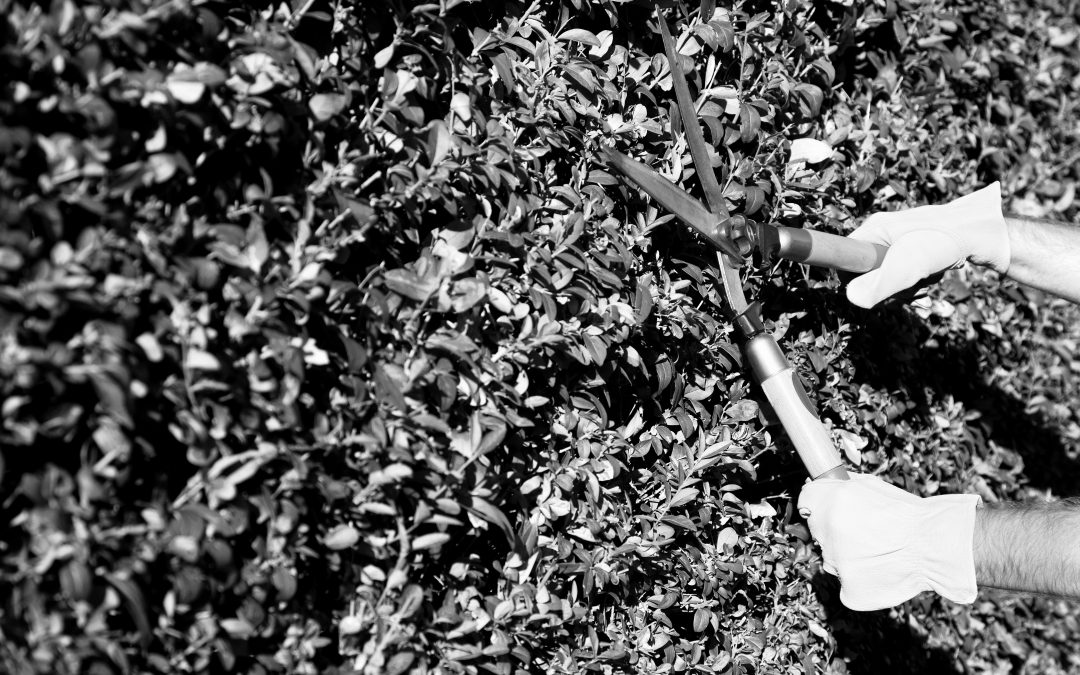By MARY STANLEY
As the summer season wanes and the days grow a bit shorter, we may be tempted to close the shades and curtains and to put aside thoughts of yard work, such as mowing and fertilizing the lawn, and weeding flower gardens. But the autumn season actually is the best time for landscaping and preparing the lawn, perennial gardens, and bushes, so that when spring rolls around again, roots are secure and blossoms are bountiful.
“Because of where we live, we tend to think of gardening from March until August. But on Cape Cod, fall is the best time for pruning and planting,” said Judith Larocque, who is teaching the gardening class “Divide and Conquer” at the Sandwich Community School this fall.
 She said the fall is the time to divide perennials, such as daylilies, and to cut back bushes that may be overgrown, covering up windows or blocking sunlight from reaching other plants in a flower bed.
She said the fall is the time to divide perennials, such as daylilies, and to cut back bushes that may be overgrown, covering up windows or blocking sunlight from reaching other plants in a flower bed.
She cautions, however, against cutting back on certain perennials in the fall. “If it blooms before the Fourth of July, cut back right after it blooms,” she said.
This is true for rhododendrons and any other plants that bloom in the spring. She said these types of plants tend to begin growing their blossoms for next spring sometime in July, and trimming back on these plants in the months of August, September, or October will result in significantly reducing the number of blossoms for next year.
She also cautioned against cutting hydrangea plants down to the ground. “It’s a woody plant, so you can just leave it alone,” she said. She does, however, recommend cutting some of the blossoms from the plant to bring inside the home for color. She said even if the blossoms have lost their color and begun to dry up, “they look very pretty in a vase in the house.”
And the fall, she said, is a “fabulous time to divide perennials such as daylilies and hosta plants. “September through October is the best time to divide these plants, because they will grow roots until November. You will have two of the same size plants next summer,” she said.
“The fall is also the only time to transplant or move these perennials,” she added.
Again, she cautioned that transplanting or dividing these plants should be done before October. “You have to give them six weeks to anchor themselves into the ground,” she said.
As for pruning back bushes, never take more than one third of the bush, Ms. Larocque said.
She also said the autumn is the time for homeowners to decide what they want for colors come next spring and a little gardening in September and October will pay off in March and April.
She said this is time to plant bulbs such as tulips, daffodils, and crocuses.
A little work on the lawn itself in the fall, she said, will also pay off next spring in terms of a healthy and well-established root system.
The fall is the most important time to put down fertilizer and lime,” she said.
Jeff Bromley, owner and operator of The Lawn and Landscape Company in Sandwich, agrees.
“Going into September, homeowners should aerate their lawns. After that, they can, using a walk-behind spreader, run along the lawn with some seed. This will help thicken the grass up for next year,” Mr. Bromley said.
He explained that because the sun is not as hot in the fall, it does not stress the newly growing grass.
Both Mr. Bromley and Ms. Larocque recommend a good last feeding sometime at the beginning of November.
“The first feeding and the last feeding are the most important,” Ms. Larocque offered.
She said the fall is also a good time to lay down lime, which can be done fairly late in October.
For those who may have areas where moss is choking out the grass, she suggested that a property owner either learn to embrace the moss or rake it up and then lay down lime and seed the areas, using seed specifically for shady areas. “You might have grass there for a few years,” she said.
Raking up the leaves, while an ominous chore, is a necessary one.
 Both Mr. Bromley and Ms. Larocque explained that if left on the ground, the leaves serve as a kind of cover over the grass, which is not healthy for the lawn.
Both Mr. Bromley and Ms. Larocque explained that if left on the ground, the leaves serve as a kind of cover over the grass, which is not healthy for the lawn.
Mr. Bromley also suggested that homeowners not only look down at the ground to determine what needs to be done in the fall, but to look up as well.
“Tree branches should be trimmed back to make sure they are not hitting the roof line and gutters should be cleaned out,” he said.
Ms. Larocque reminded homeowners that the fall does not have to mark the end of enjoying color in the landscape and gardens. She said mums and asters will lend color to the landscape right through to November. She said since the fall is a good time to move and transplant perennials, such as a hostas and daylilies, it can also prove to be a good time, economically speaking, for purchasing these plants and many garden centers offer the plants at reduced prices at this time.
While autumn may mean the end of chores such as watering and mowing the lawn, it is still too early to completely ignore a property’s landscaping needs. The fall can be a critical time for preparing the grass and other botanicals for a long winter’s nap, so that, come spring, the plants will emerge strong, with colors and blossoms that will rejuvenate the human spirit.

